Home>Garden Essentials>How Many Ounces In A Zinnia Seed Packet
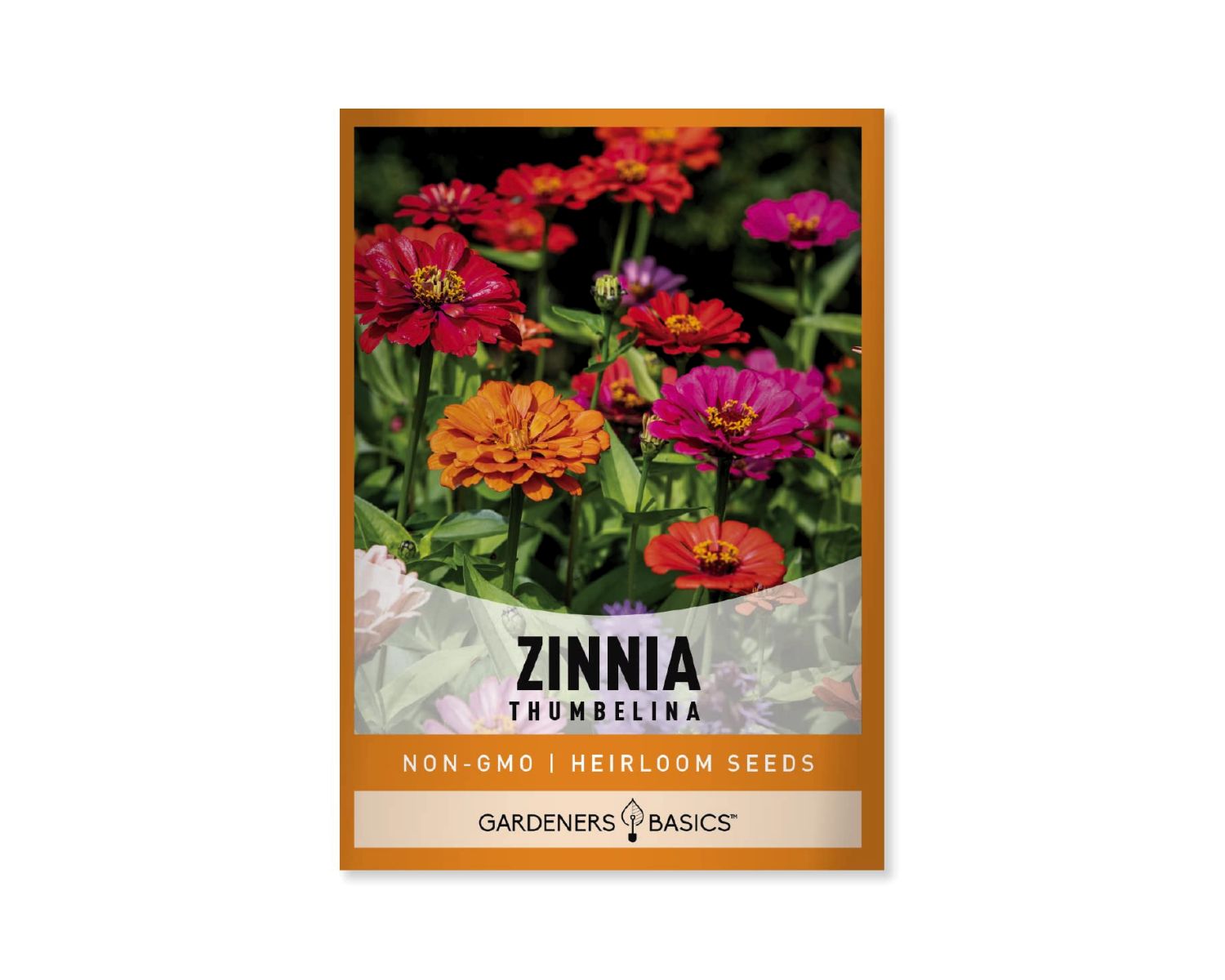

Garden Essentials
How Many Ounces In A Zinnia Seed Packet
Modified: March 23, 2024
Looking to start your garden? Discover how many ounces are typically in a zinnea seed packet and get ready for a beautiful blooming garden!
(Many of the links in this article redirect to a specific reviewed product. Your purchase of these products through affiliate links helps to generate commission for Storables.com, at no extra cost. Learn more)
Introduction
Zinnia seeds are a popular choice among gardeners due to their vibrant colors, easy cultivation, and ability to attract butterflies and bees. Whether you’re a seasoned gardener or a beginner, understanding the packaging and measurement of zinnia seeds is essential. One common question that often arises is, “How many ounces are in a zinnia seed packet?”
In this article, we will delve into the world of zinnia seeds and explore the factors that affect packet size. We will also provide you with insights on common ounce measurements to help you make informed decisions when purchasing zinnia seeds for your garden.
So, if you’re eager to learn about the ounces in a zinnia seed packet and how it influences your gardening journey, read on! Buckle up and get ready to dive into the fascinating world of zinnias and their seeds.
Key Takeaways:
- Zinnia seed packets come in different ounce measurements, indicating the quantity of seeds inside. The ounce measurement helps gardeners choose the right amount of seeds for their planting needs.
- Factors like seed variety, quality, availability, and cost influence the size of zinnia seed packets. Understanding these factors helps gardeners make informed decisions when selecting zinnia seeds.
Read more: How Many Grams In A Seed Packet
Understanding Zinnia Seeds
Zinnia seeds are the tiny powerhouses that hold the potential to transform your garden into a riot of colors. These seeds come in a variety of shapes, sizes, and colors, allowing you to choose the perfect zinnia cultivar to suit your preferences and garden aesthetic.
Zinnias belong to the Asteraceae family, which includes sunflowers, daisies, and marigolds. They are native to the Americas and have been cultivated for centuries due to their beauty and versatility. Zinnia flowers can range from small, single blooms to large, double-petaled blossoms, with colors encompassing everything from bold reds and oranges to soft pastels and whites.
When it comes to zinnia seeds, they are typically small and flat, resembling flattened tear drops or miniature grains of rice. The color of zinnia seeds can vary from black to brown, depending on the variety. These seeds contain the genetic information required for zinnia plants to grow, develop, and eventually produce stunning flowers.
Zinnia seeds are generally easy to handle and sow. They can be planted directly into the soil or started indoors and transplanted once the seedlings have developed. Zinnias are known for their quick germination and fast growth, making them a great choice for gardeners looking for instant gratification and vibrant color bursts.
Now that we have gained an understanding of zinnia seeds and their characteristics, in the next section, we will explore how zinnia seeds are packaged and the factors that influence packet size.
Packaging and Measurement
Zinnia seeds are typically sold in packets that are specifically designed for easy distribution and planting. These packets not only protect the seeds from moisture and damage but also provide useful information such as the seed variety, planting instructions, and the number of seeds inside.
When it comes to the measurement of zinnia seed packets, the most common unit of measurement used is ounces. The ounce measurement denotes the weight or volume of the seeds contained within the packet. However, it is important to note that the actual number of seeds in a packet can vary, even if the weight remains the same.
Different seed companies and suppliers may have varying packaging standards and practices, resulting in slight discrepancies in the number of seeds per ounce. While one seed packet may hold hundreds of seeds, another packet of the same weight may contain fewer seeds but with larger sizes or more expensive varieties.
To ensure that you are getting a fair estimate of the number of zinnia seeds in a packet, it is always beneficial to check the seed packet label, as most reputable seed companies provide an approximate seed count. This information can help you gauge the quantity and plan your planting accordingly.
It is also worth noting that while ounce measurements are commonly used, some seed packets may be labeled with other units of measurement, such as grams. The conversion between ounces and grams is relatively straightforward, with 1 ounce being approximately equal to 28 grams.
In the next section, we will explore the factors that can influence the size of zinnia seed packets and how these factors can impact your gardening experience.
A typical zinnia seed packet contains about 0.1 to 0.2 ounces of seeds. Be sure to check the label for the exact amount before purchasing.
Factors Affecting Packet Size
The size of zinnia seed packets can vary based on several factors that affect the production and availability of seeds. Understanding these factors will give you insights into why some packets may contain more or fewer seeds than others, even if they have the same ounce measurement. Let’s explore the key factors that can influence packet size:
1. Seed Variety: Different zinnia varieties have varying seed sizes and weights. Some varieties produce larger seeds, while others have smaller seeds. This difference in seed size can impact the number of seeds that can fit into a packet, resulting in variations in packet sizes.
2. Seed Quality: High-quality zinnia seeds tend to be plump, healthy, and have a higher germination rate. Seed companies often prioritize quality over quantity, so packets containing superior-quality seeds may have fewer seeds but greater chances of successful germination and robust plant growth.
3. Seed Availability: The availability of zinnia seeds may fluctuate based on factors such as harvest yields and demand. In some cases, there may be a limited supply of certain zinnia varieties, resulting in smaller seed packets due to the scarcity of seeds.
4. Seed Production Methods: Seed production involves various cultivation and harvesting techniques. Depending on the efficiency and success of these methods, the quantity of seeds harvested can differ. Seed companies may adjust packet sizes based on the yield from each production cycle.
5. Cost Considerations: The cost of producing and packaging zinnia seeds can also influence packet size. Higher-priced or rare varieties may have fewer seeds in a packet to reflect their value, while more common varieties may have a larger seed count to provide gardeners with an ample supply for their planting needs.
By considering these factors, you can better understand the variations in seed packet sizes and make informed decisions when selecting zinnia seeds for your garden. In the next section, we will provide an overview of common ounce measurements used in zinnia seed packets as a reference for gardeners.
Common Ounce Measurements
Zinnia seed packets are often labeled with specific ounce measurements, indicating the weight or volume of the seeds inside. While the actual number of seeds per ounce can vary based on factors like seed size and variety, certain ounce measurements are commonly used in the packaging of zinnia seeds. Let’s take a look at some of these common ounce measurements:
1. 1/16 Ounce: This is the smallest packet size available and is suitable for small-scale or beginner gardeners who want to try out a zinnia variety without committing to a larger quantity of seeds. A 1/16-ounce packet typically contains around 200 to 300 seeds, depending on the seed size.
2. 1/8 Ounce: The next step up in packet size, a 1/8-ounce packet generally contains around 400 to 600 seeds. This size is ideal for gardeners who want to plant zinnias in a moderately sized area or experiment with different color combinations.
3. 1/4 Ounce: A 1/4-ounce packet is suitable for larger gardens or those gardeners who plan to sow zinnias in multiple areas or beds. These packets can contain approximately 800 to 1200 seeds, providing ample coverage for a vibrant zinnia display.
4. 1/2 Ounce: A 1/2-ounce packet is often chosen by experienced gardeners or those who want to create a stunning zinnia spectacle. These packets contain a higher seed count, ranging from around 1600 to 2400 seeds, offering the opportunity to sow zinnias in larger areas or share seeds with fellow garden enthusiasts.
5. 1 Ounce: The largest common ounce measurement for zinnia seed packets, a 1-ounce packet is perfect for avid gardeners or professional growers who need a substantial supply of seeds. These packets can contain approximately 3200 to 4800 seeds or more, making them suitable for extensive zinnia plantings or commercial purposes.
It’s important to remember that these ounce measurements are meant as a general guideline, and actual seed counts may vary based on the factors we discussed earlier. However, they provide a useful reference for gauging the approximate seed quantities in different packet sizes.
As you explore zinnia seed options, be sure to consider your garden size, planting goals, and personal preferences to choose a packet size that will best suit your needs. Now, let’s wrap up our discussion on zinnia seed packets.
Let me know if you want anything else.
Read more: How Many Seeds Are In A Johnny Seed Packet
Conclusion
Understanding the packaging and measurement of zinnia seed packets is crucial for any gardener looking to add these beautiful flowers to their garden. While the ounce measurement is commonly used to indicate the quantity of seeds in a packet, it’s important to remember that the actual seed count can vary based on factors like seed variety, quality, availability, production methods, and cost considerations.
By considering these factors, you can better appreciate the variations in packet sizes and make informed decisions when purchasing zinnia seeds. Whether you opt for a small packet to test out a new variety or choose a larger packet to create a dazzling zinnia display, understanding the ounce measurements will help you determine the appropriate amount of seeds for your gardening needs.
Additionally, as you explore different zinnia cultivars, don’t forget to read the information provided on the seed packet. It will give you valuable insights into proper planting techniques, specific care requirements, and expected bloom times. This will ensure that you can achieve optimal results when growing your zinnias.
With their vibrant colors and attractive blooms, zinnias are a popular choice for adding splashes of beauty to gardens, borders, and containers. Their versatility, ease of cultivation, and ability to attract pollinators make them an excellent addition to any gardener’s repertoire.
So, whether you’re a seasoned gardener or a beginner, enjoy the journey of discovering the world of zinnia seeds and the joy they bring to your garden. Embrace the opportunity to experiment with different varieties, colors, and planting techniques to create your own unique zinnia paradise.
In conclusion, understanding the ounces in a zinnia seed packet is essential in planning your garden and ensuring you have the right quantity of seeds to fulfill your landscaping dreams. So go ahead, get your hands on some zinnia seeds, unleash your creativity, and watch as your garden transforms into a colorful oasis of zinnia blooms.
Happy gardening!
Frequently Asked Questions about How Many Ounces In A Zinnia Seed Packet
Was this page helpful?
At Storables.com, we guarantee accurate and reliable information. Our content, validated by Expert Board Contributors, is crafted following stringent Editorial Policies. We're committed to providing you with well-researched, expert-backed insights for all your informational needs.
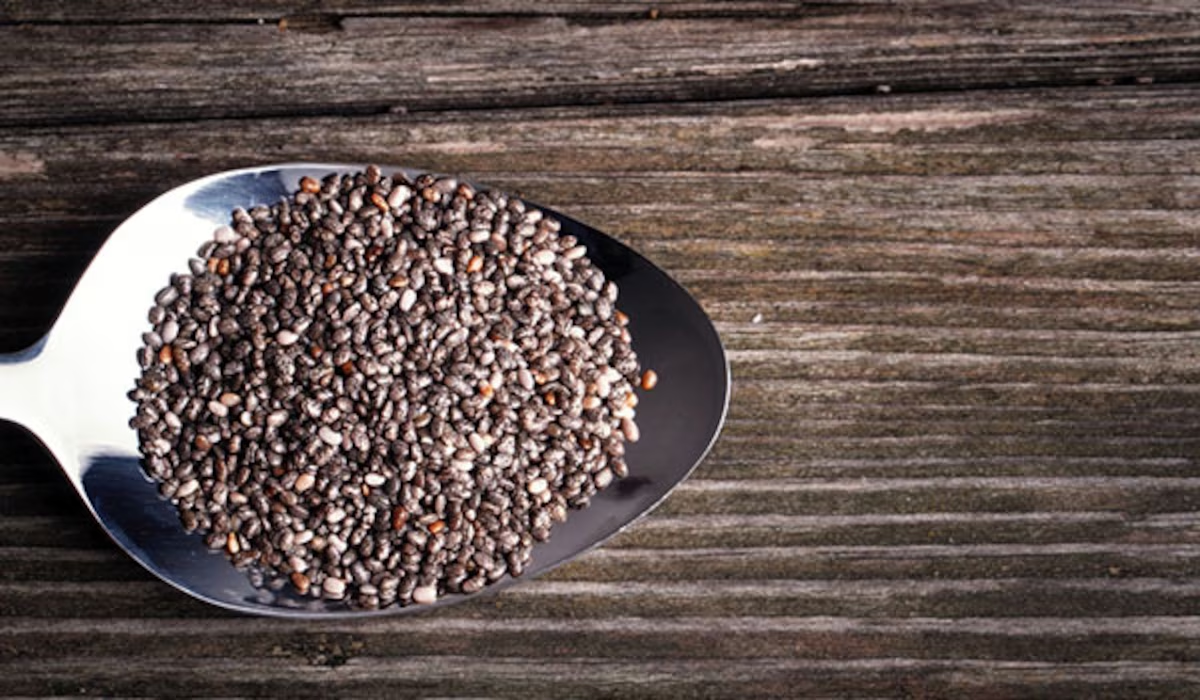
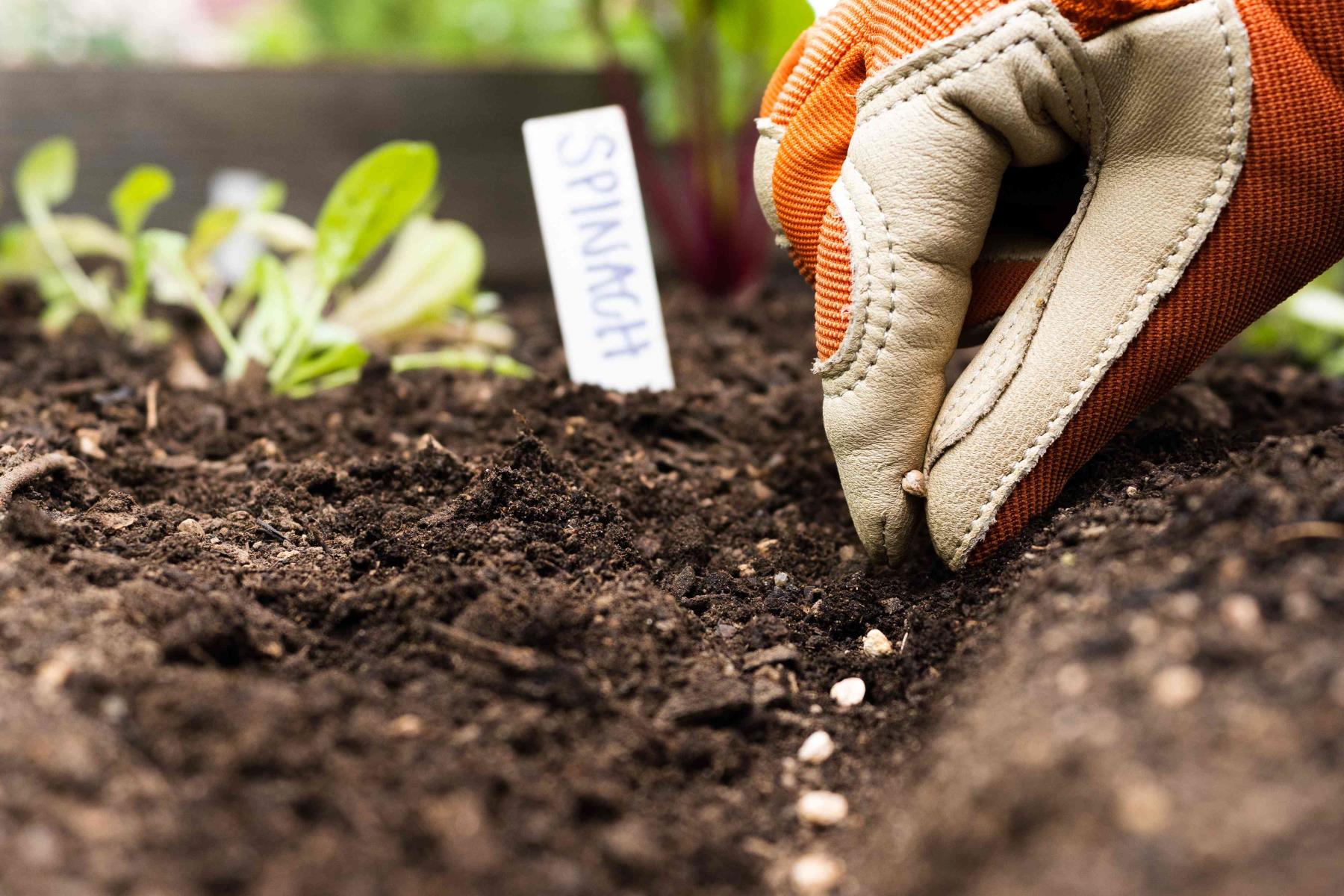
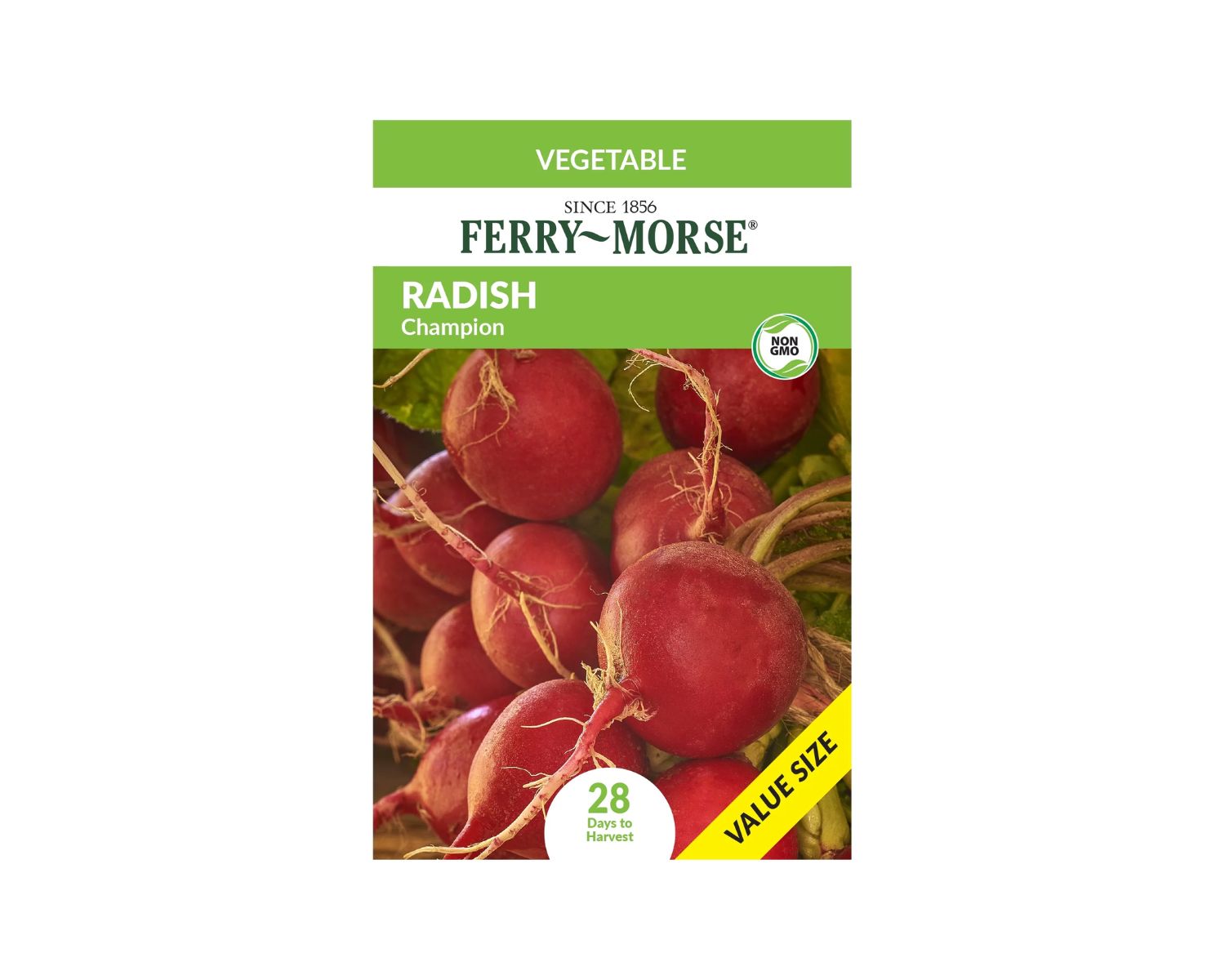
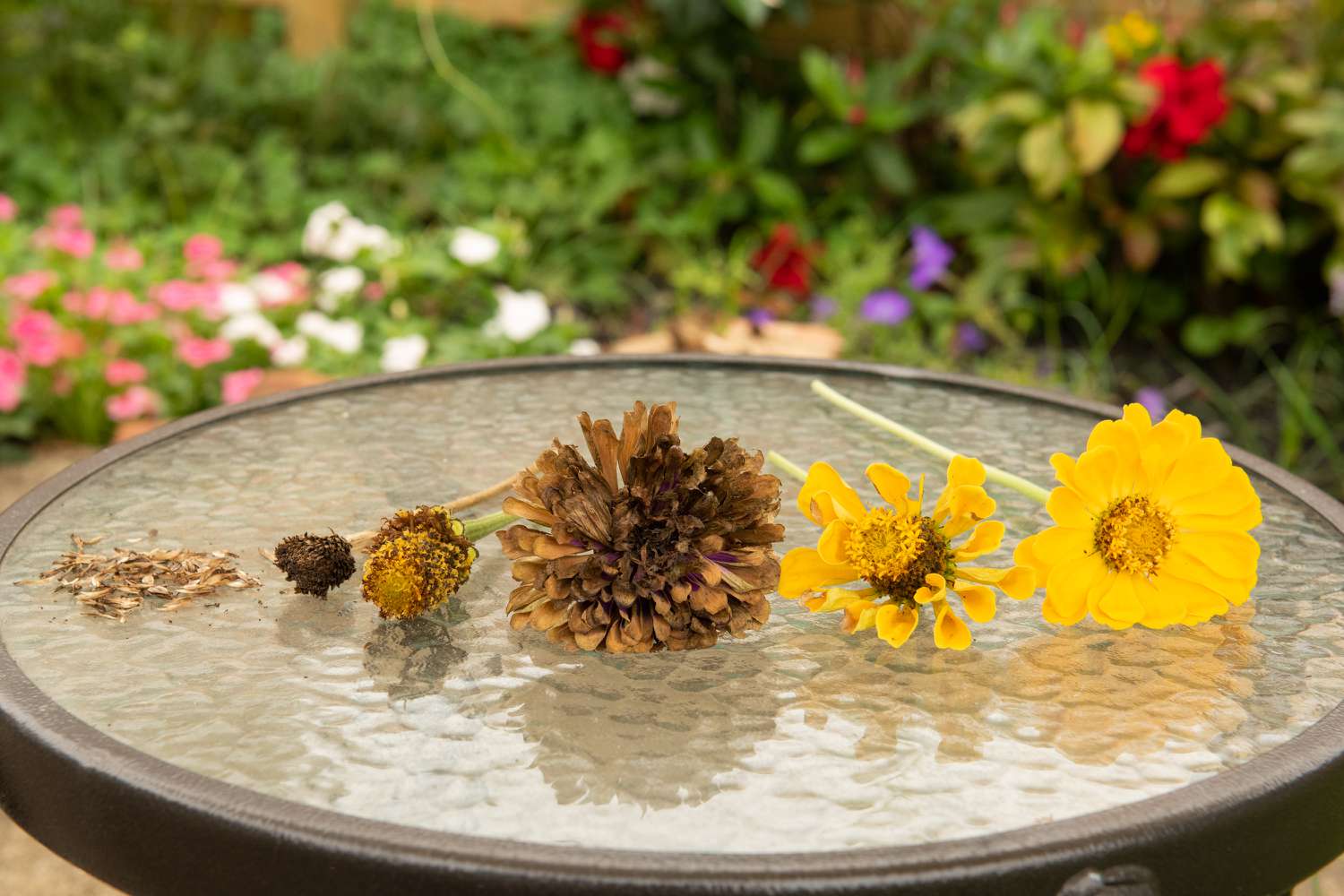
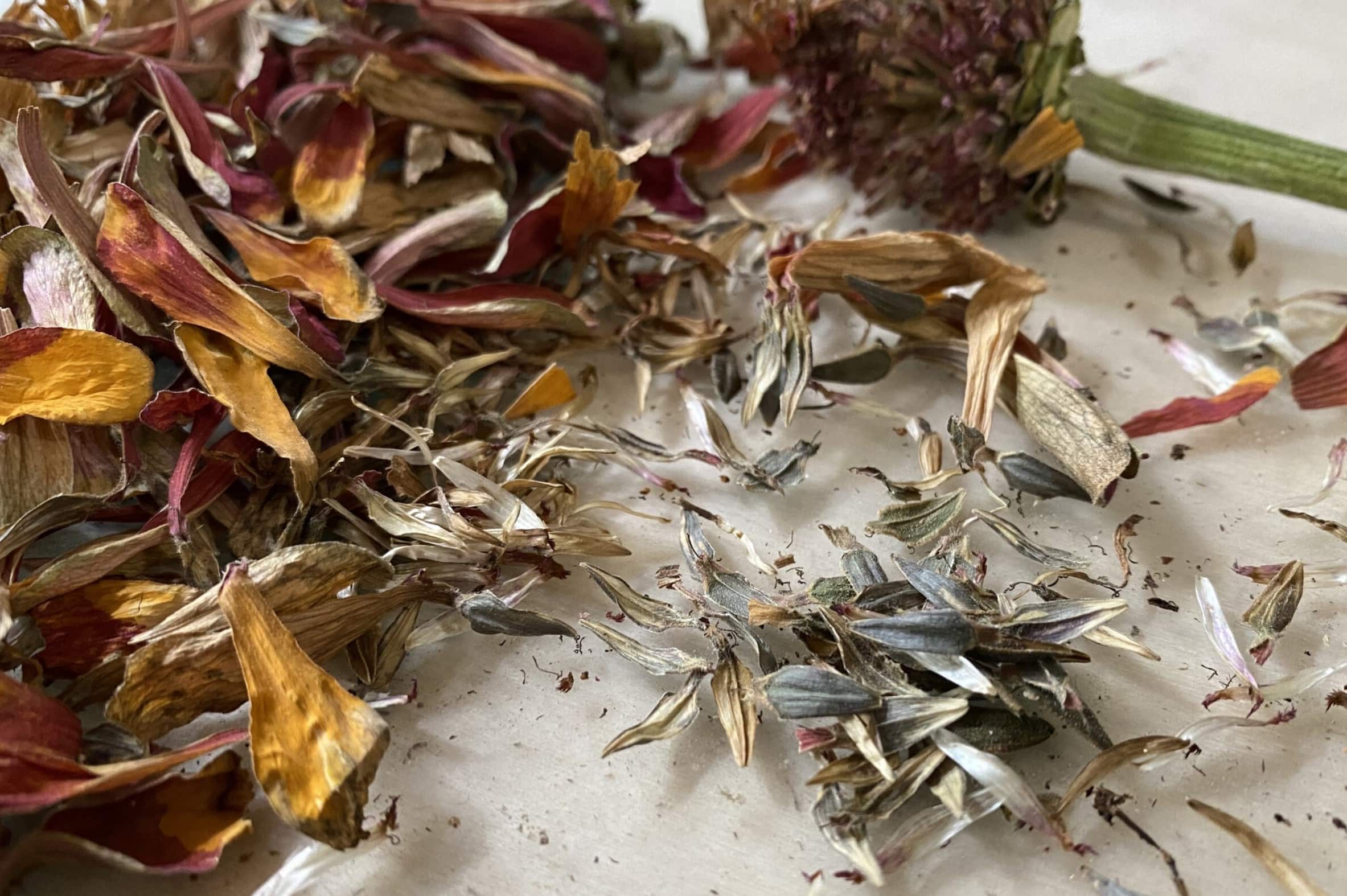
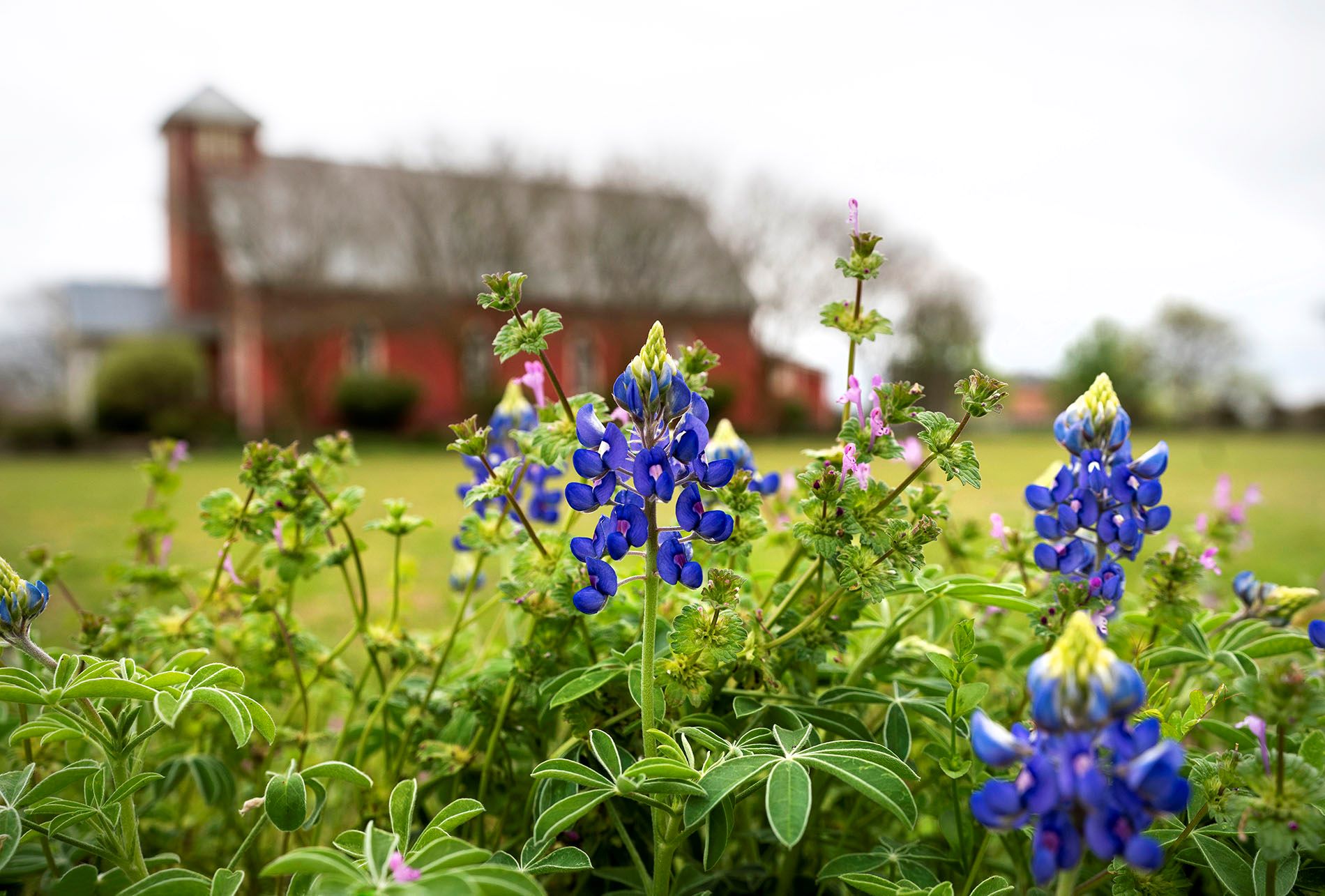
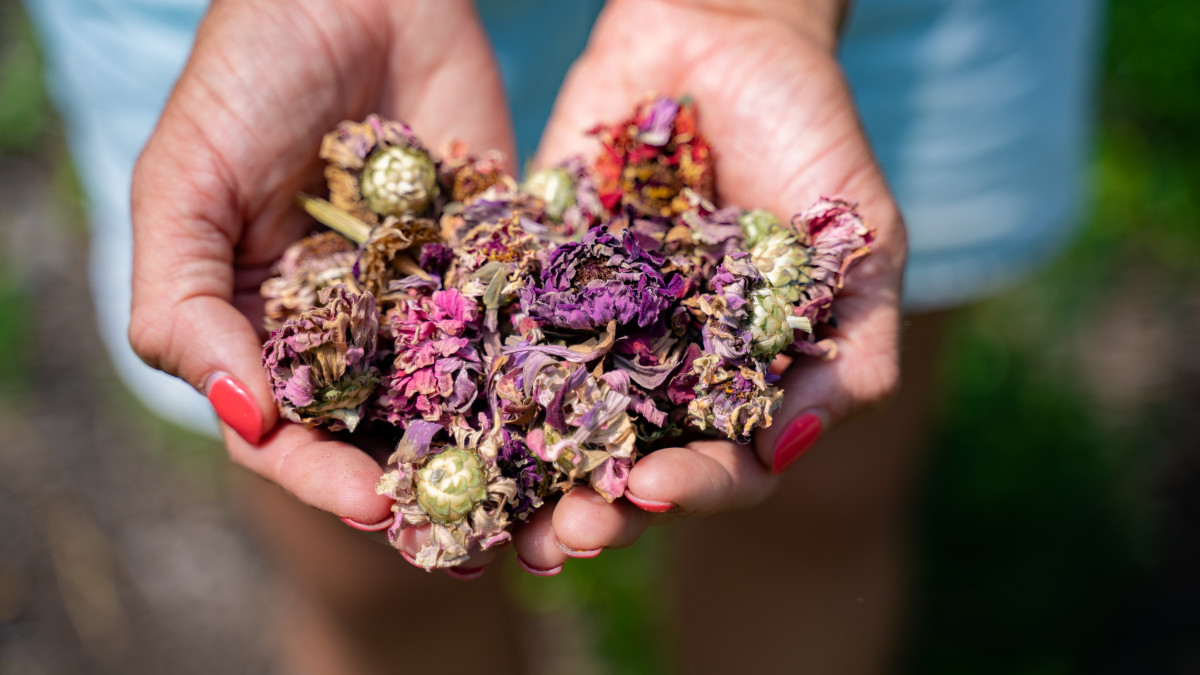
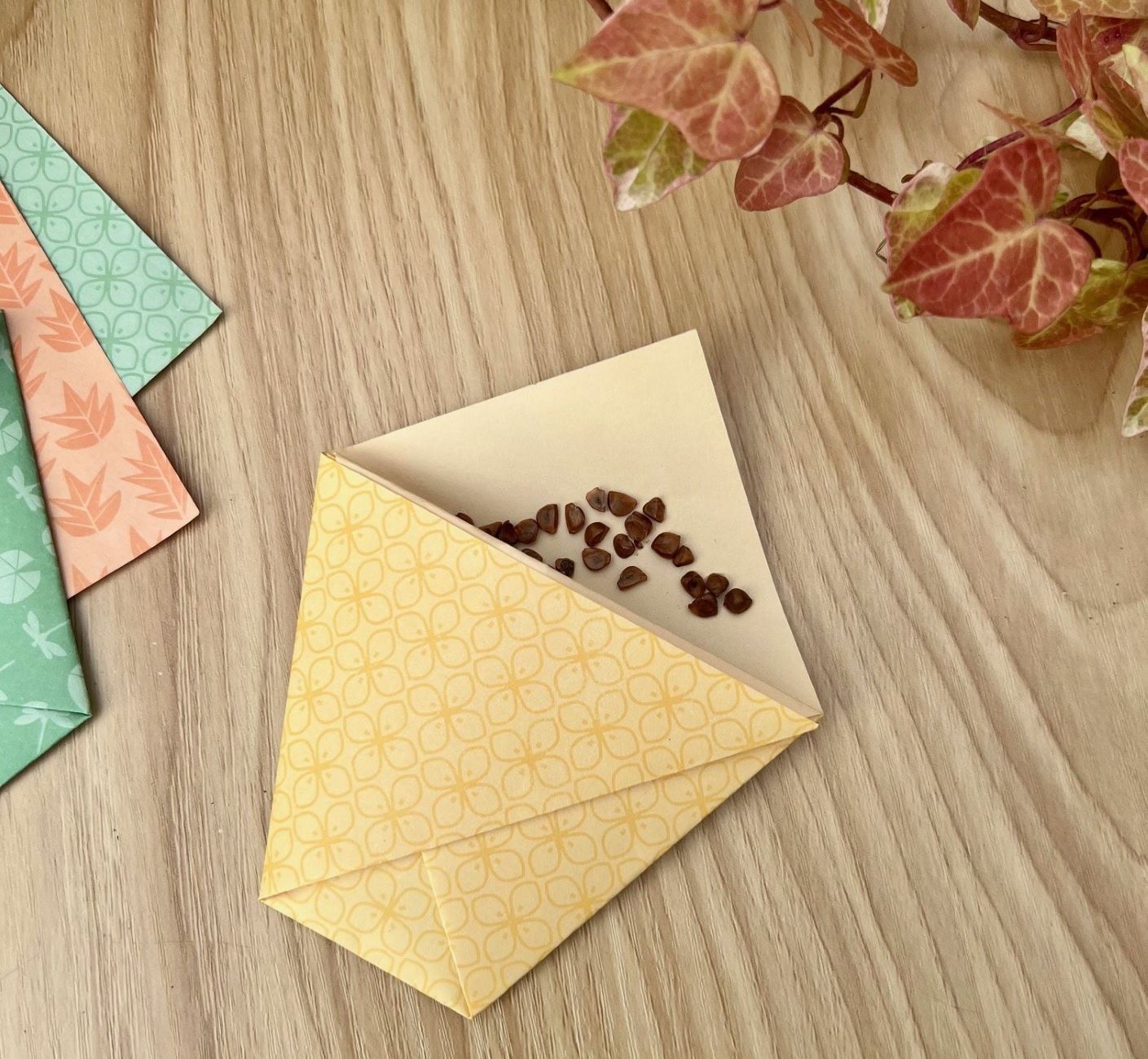
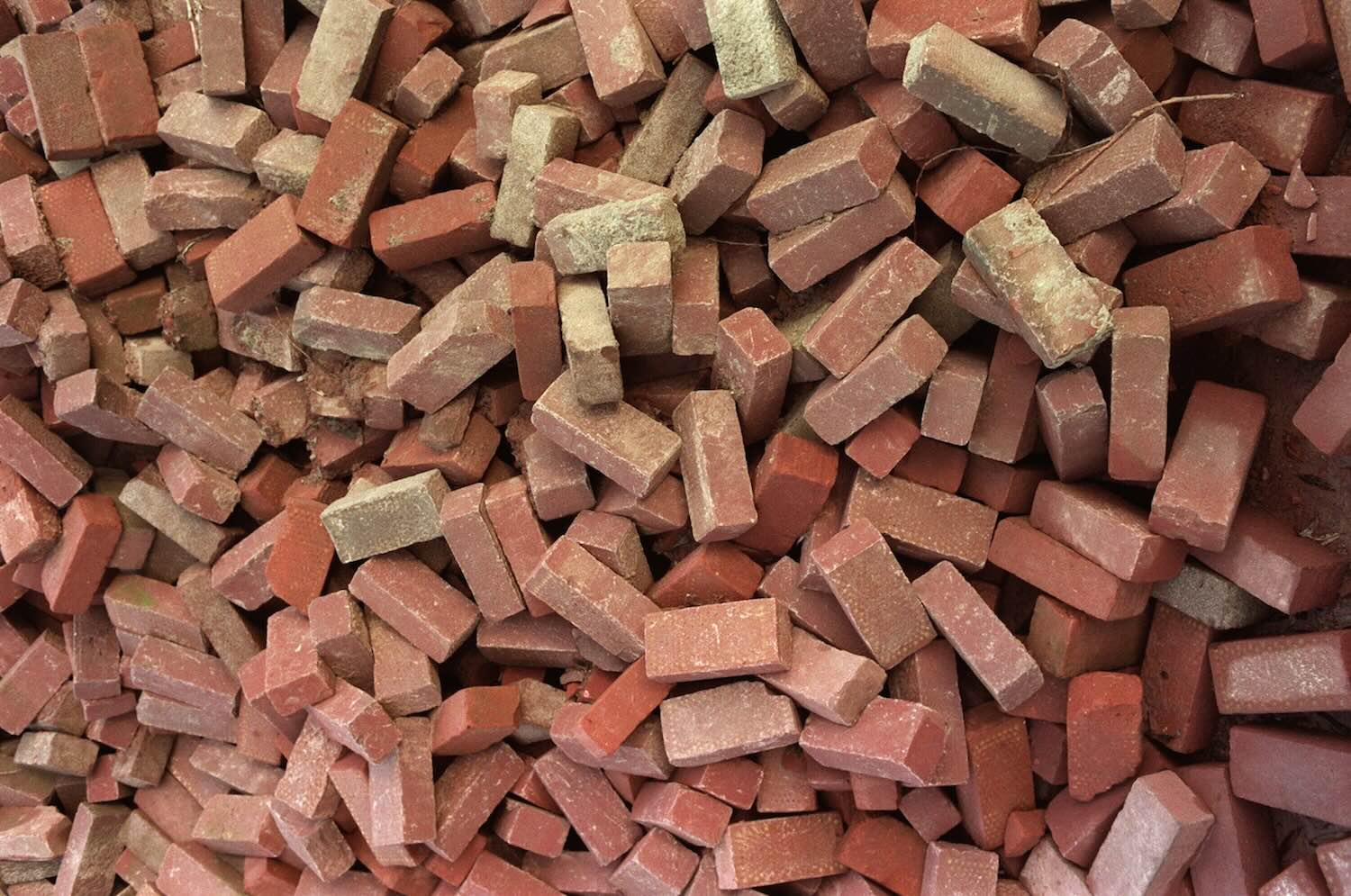
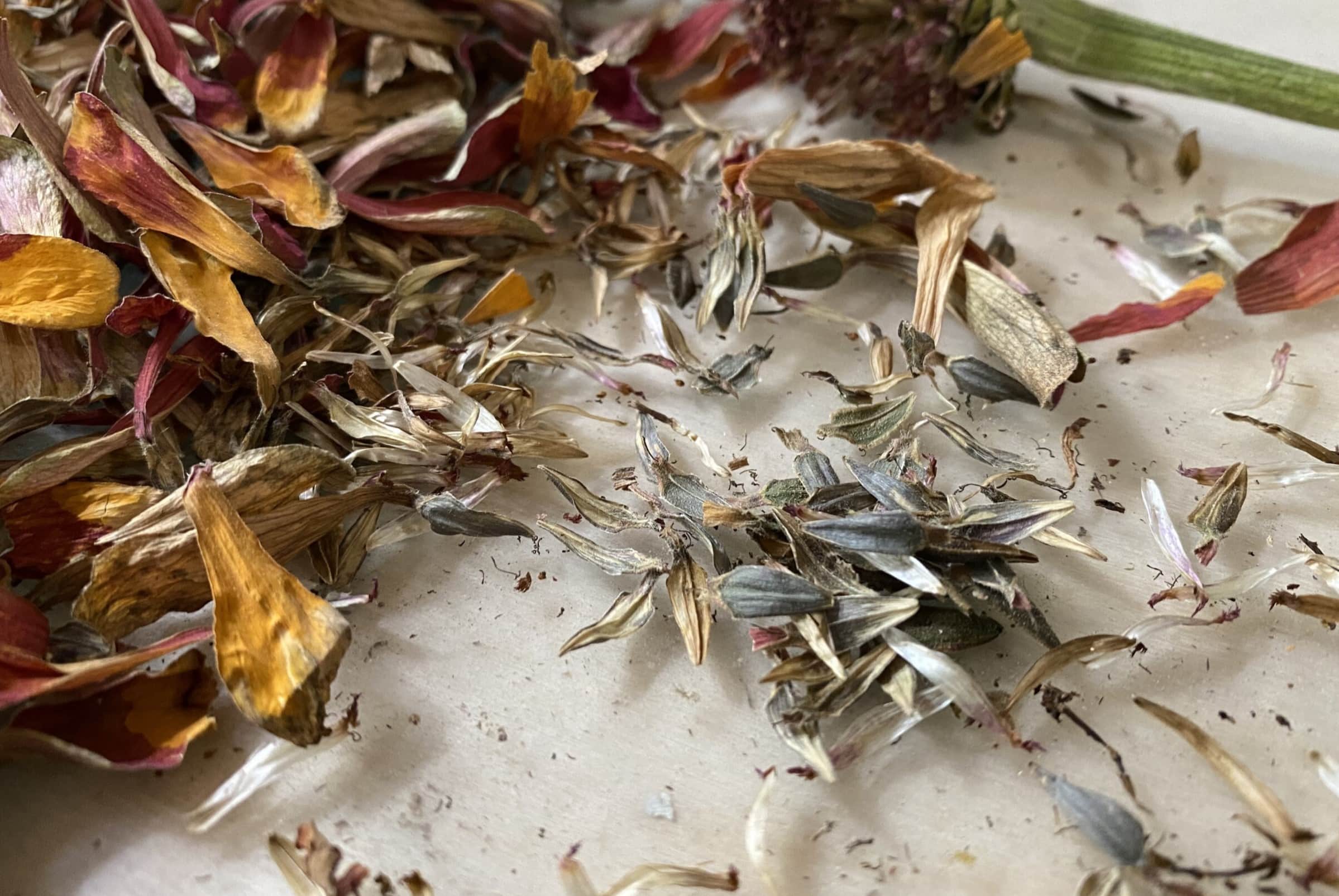
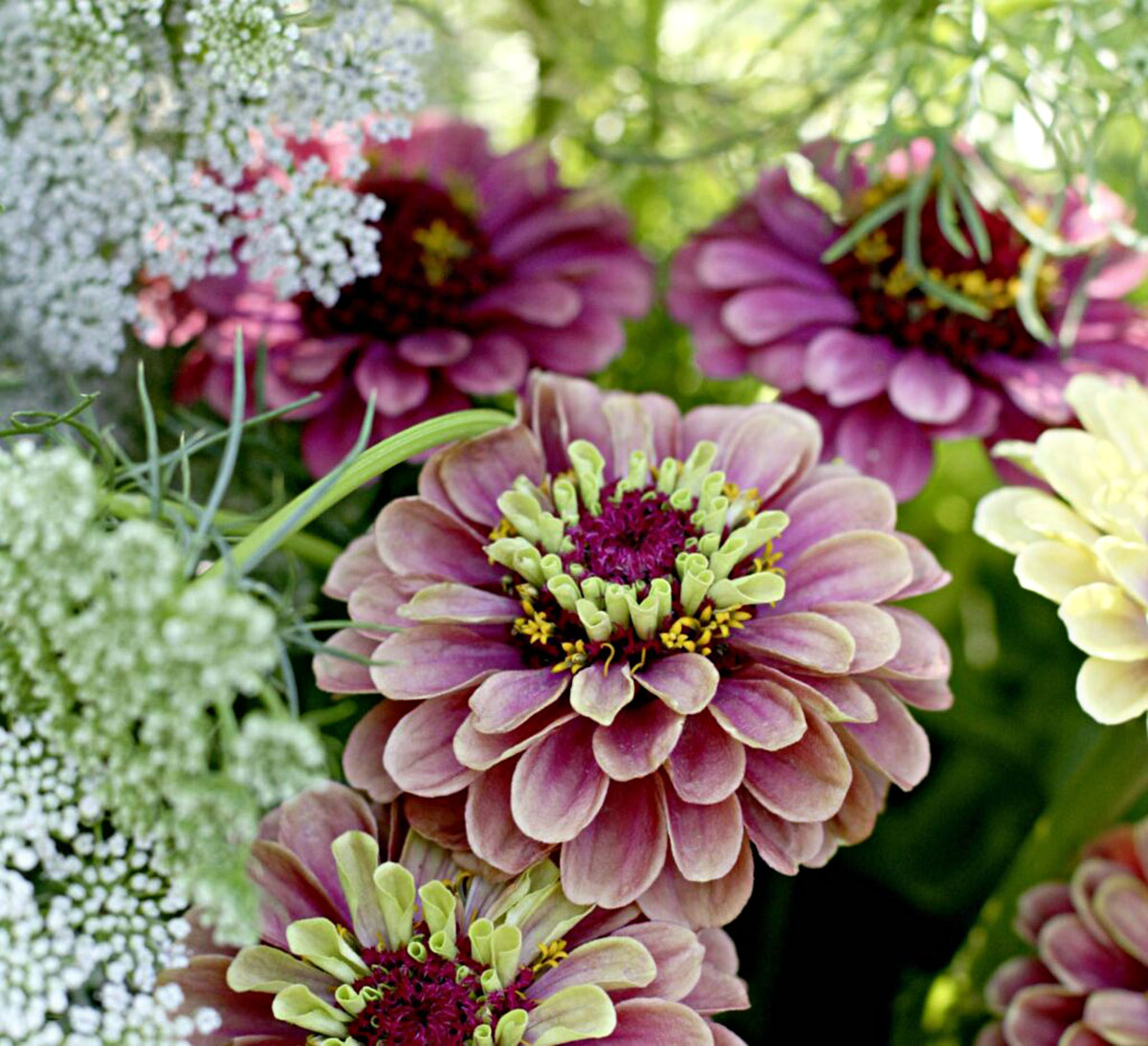

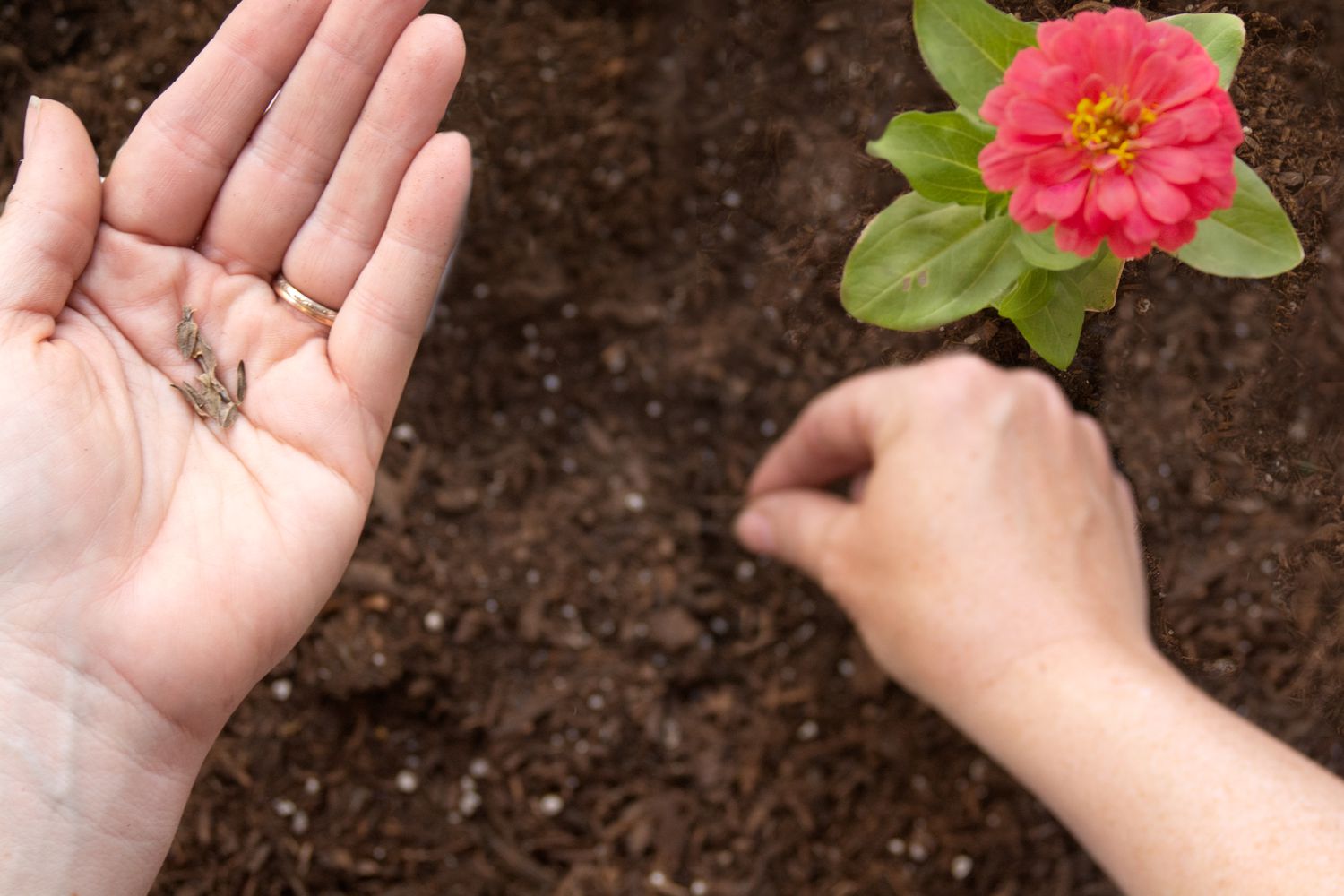
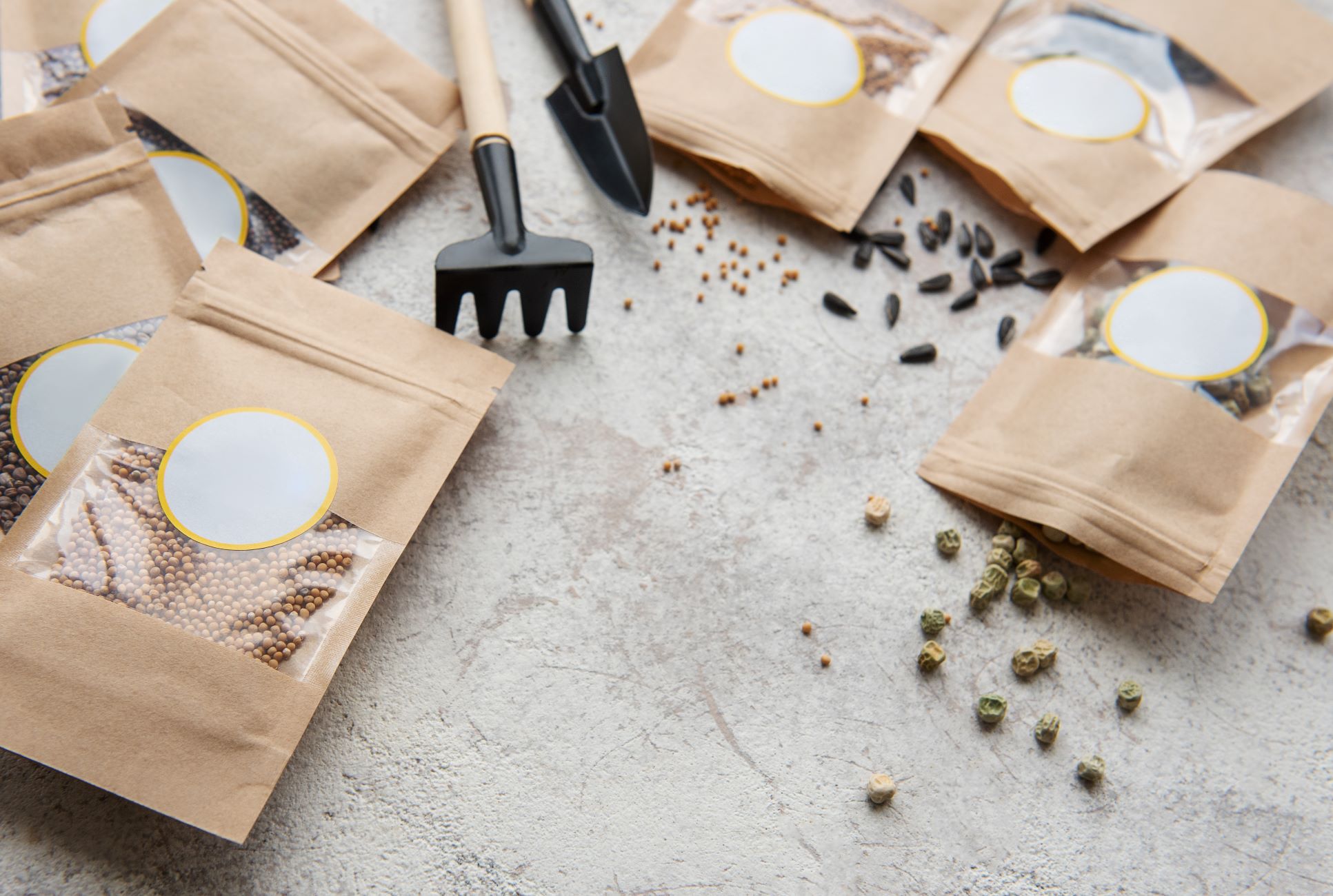

0 thoughts on “How Many Ounces In A Zinnia Seed Packet”